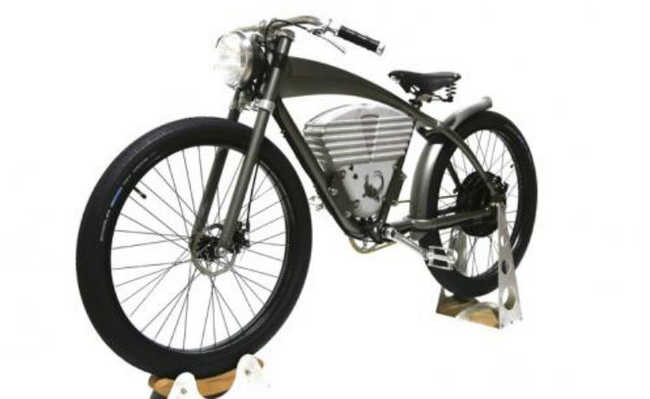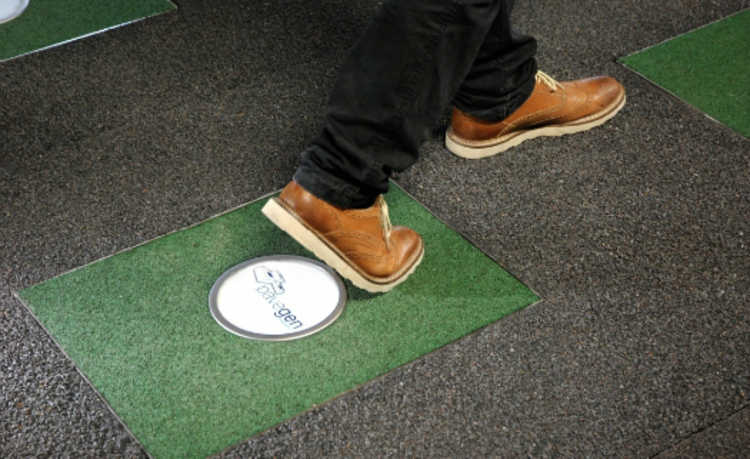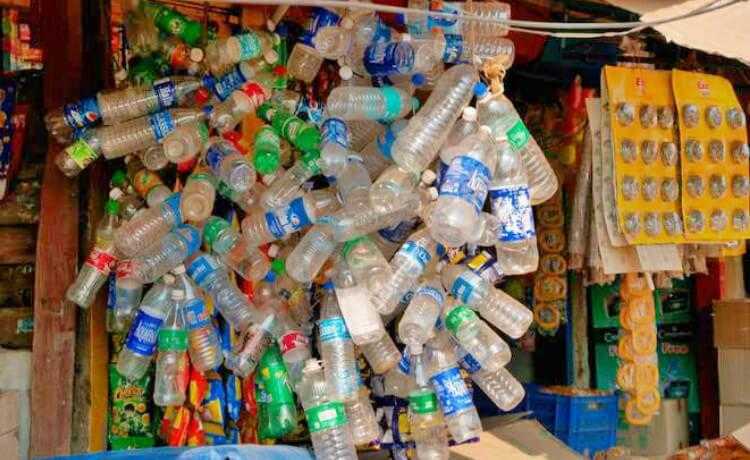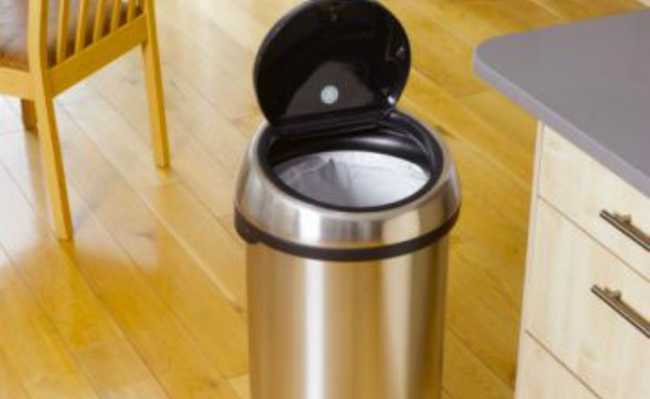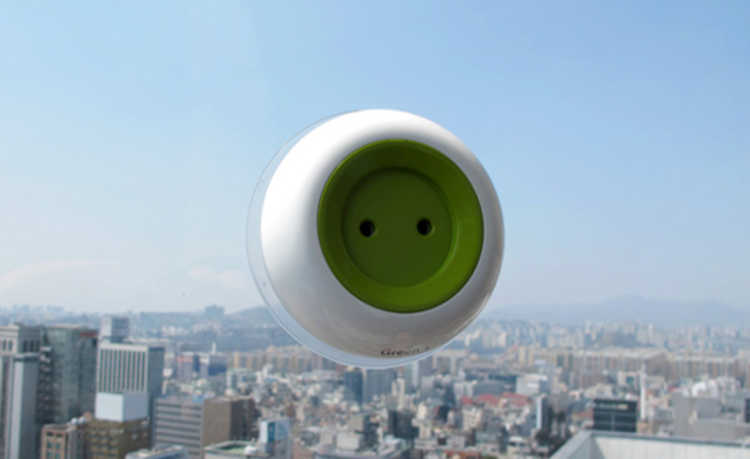Know how to preserve
Making preserves and jams is easy, preserves food nutrients and avoids waste

Photo Mix image by Pixabay
Preserves and jams are an excellent way to avoid wasting food in the kitchen. They preserve the nutrients in fresh fruits and vegetables and allow them to be consumed long after they have been purchased or picked. Here in Brazil we generally invest in jams and preserves for quick consumption, without seals or seals, such as pepper or vegetable preserves, which need to be kept in the fridge. But making professional vacuum-sealed preserves is easier than you think.
If you have a vegetable garden and your family can't handle all the production or even if you always end up buying more fresh food than you consume, investing in a small production of artisanal preserves can be a solution to avoid waste. The first step is to look for glass canning jars. The ideal ones are those with the lid divided into two parts: a metal (or glass) seal surrounded by a rubber seal and a ring that surrounds the seal (see photo below).
These pots are more common in the US or Europe, where there is a long tradition of making long-lasting preserves and storage in a cupboard or pantry. Due to the long winters faced, it was difficult for the inhabitants of these countries to obtain fresh food at these times, while in the summer there was an abundance of fruit and vegetable production. So, to avoid waste (and starvation), they began to make preserves and composts of all kinds. Technology has made it easier to feed people who face harsh winters, but the custom of canning continued.
Canning is one more way to preserve food, as well as freezing, dehydrating or fermenting. Proper filling allows them to last longer and can be stored outside the refrigerator. With the proper pots and a very large pan, it is possible to make professional preserves at home. This text, in English, talks about the main equipment and brands available in the American market to make homemade preserves. Some of the equipment, such as glass pots, are easily found on Brazilian product resale sites, others, such as the tweezers used to remove the pots from the pot, or the pot itself, are a little more difficult, but there are some national versions and it's also possible to improvise.
The idea is simple. Having a pot with the appropriate lid, which is removable and has a rubber seal on the edge, it is possible to use hot water to create a vacuum seal. The rubber is what allows the preserve to be sealed inside the jar after the filling process. Some foods, such as fruits, cucumbers, and other high-acid products, can be sealed with an ordinary pot or steamer. Foods with little acidity, such as vegetables and meat, need to be sealed in a pressure cooker for canning.
In the first case, if you don't have a professional pan for this, it is possible to improvise with a pasta pan, which will prevent the pots from being in direct contact with the heat at the bottom of the pan. After preparing your cucumber or lemon preserves, place the food in the glass jars and close them using the two parts of the lid - the outer ring will hold the inner part of the lid during the sealing process.
Then place the pots in the pan and make sure they are immersed in boiling water. The important thing is that the pot is completely surrounded and covered by 3 to 5 cm of water. In the case of foods that need to be processed in a pressure cooker, the ideal is to buy a specific cooker for this use, which is manufactured and sold in Brazil by several brands, despite being expensive. The procedure is basically the same, but it takes a little longer. Regardless of the method used, the submersion time will vary depending on the nature of the food and the size of the pot.
Use cooking tongs to remove the preserves from the water - and be very careful not to burn yourself. Be careful not to place the hot pot on a cold surface, such as a kitchen sink, as it may burst. Use a heat resistant support. Once cold, the preserves can be stored anywhere, without needing to be in the fridge.
This is a way to make professional canning at home. The steam creates a seal that allows your preserves to last longer. But you don't have to have all that equipment to make canning! The simple fact of preparing the food for preserves already guarantees that, after it's packaged, it lasts around three or six months in the refrigerator, as is the case with pepper and cucumber canned recipes. The ingredients used in these recipes, such as vinegar, sugar, black pepper and other spices, help to preserve the food. In addition, placing the preserves in sterilized jars and closing them while the recipe is still hot creates a small vacuum that helps in conservation.
Check out the videos of some recipes for homemade preserves, which can be vacuum-packed or stored in a refrigerator for quick consumption, as is more common in Brazil.



